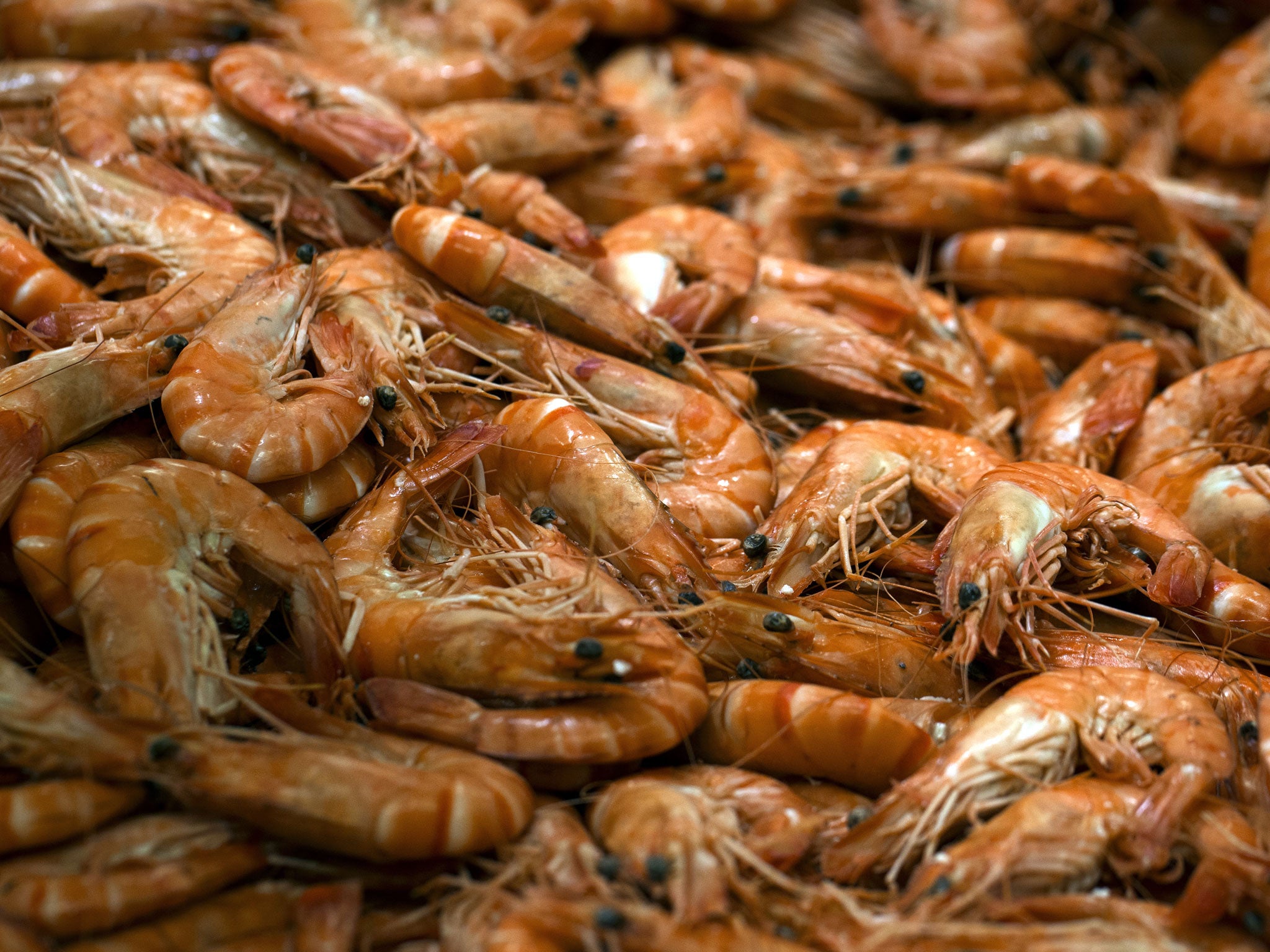Anti-depressants make prawns and mussels change colour, grow larger, and reproduce more
Scientists warn that minuscule concentrations of drugs including Prozac can affect aquatic wildlife

Anti-depressant drugs are affecting aquatic wildlife, including crustaceans and molluscs, by making them change colour, grow larger, and reproduce more, according to a new study.
Research suggests that commonly prescribed anti-depressants, like Pozac and Sertraline, are being passed from by patients into waterways via wastewater treatment plants, or when drugs are dumped.
Scientists warn that lower than expected concentrations of the drugs in water affect the behaviour and biological make-up of the creatures, and in some cases, a lower concentration affected them more than a higher dose.
Dr Alex Ford, a marine biologist from the University of Portsmouth who has led the research published in the journal 'Aquatic Toxicology', said: “There is a staggering list of prescription drugs passed from humans to wastewater treatment plants and into receiving streams, estuaries, or oceans by direct consumption, metabolism, and excretion or by toilet flushing of old prescriptions.
"Marine invertebrates such as amphipod shrimp become more active and increase their speed of movement while freshwater snails display altered reproduction and some lose their ability to attach to surfaces.
“Some bivalve species, such as zebra mussels, were induced to spawn when exposed to antidepressants.
"In many invertebrates, serotonin controls the release of certain pigments, causing the creature to change colour and recent studies have shown that antidepressants can alter colour changes in cuttlefish. The drugs can also affect growth, feeding and metabolism," he explained.
"What we now know is they can be affected by exceedingly small amounts, as little as one nanogramme per litre - like dropping a few grains of the compound in an Olympic size swimming pool," he added.
He also expressed his concern that although the concentrations are very small in rivers and estuaries, an increasing number of studies show " incredibly small concentrations can dramatically alter the biology of the organisms they come in contact with."
Dr Ford said that the release of human pharmaceuticals into aquatic ecosystems is an environmental problem we should consider seriously.
"This is despite the fact that reports indicate these types of drugs take up only 4 per cent of the known pharmaceuticals detected in the environment," he warned.
Subscribe to Independent Premium to bookmark this article
Want to bookmark your favourite articles and stories to read or reference later? Start your Independent Premium subscription today.

Join our commenting forum
Join thought-provoking conversations, follow other Independent readers and see their replies